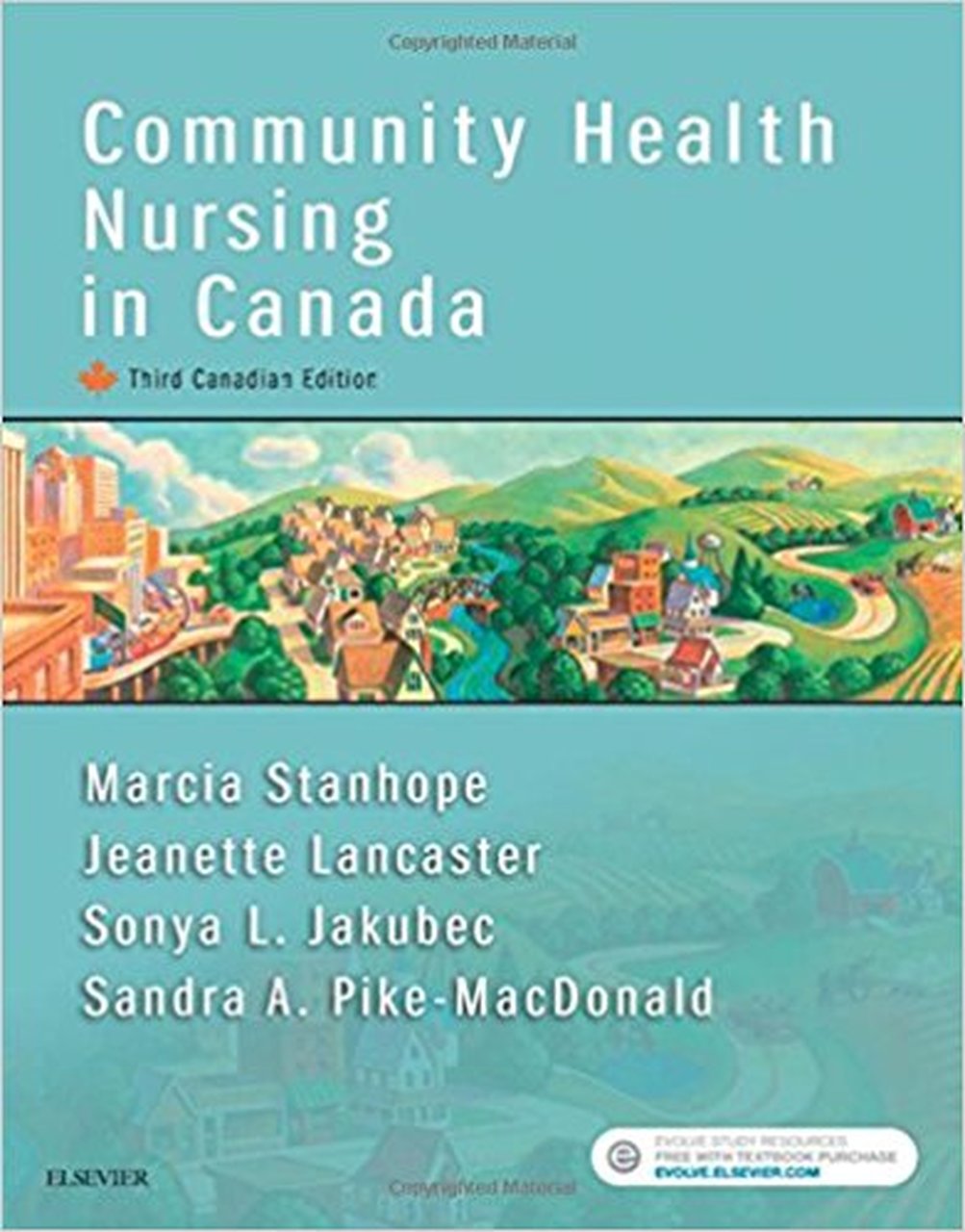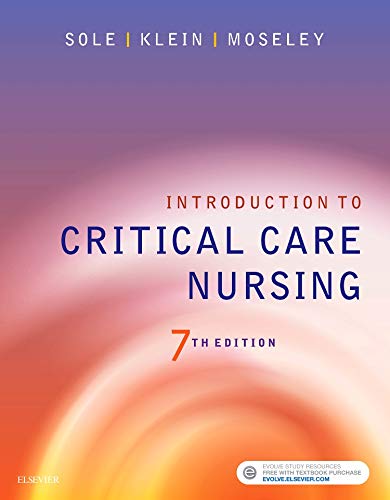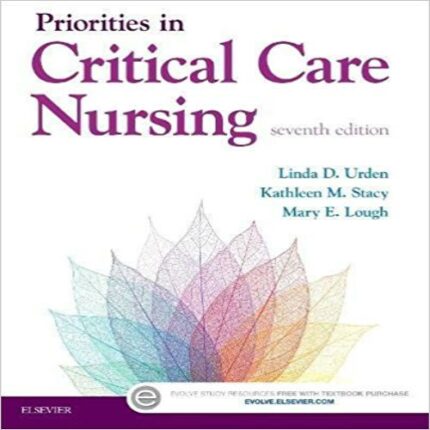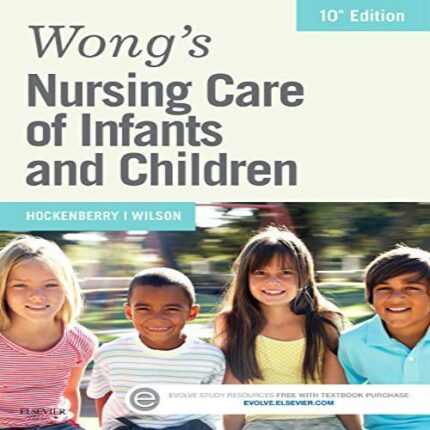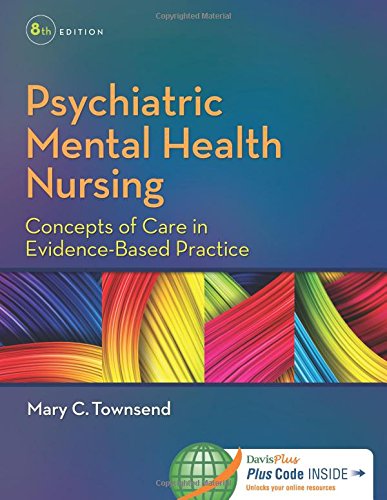Test Bank Community Health Nursing in Canada, 3rd Edition by Marcia Stanhope
Chapter 01: Community Health Nursing
MULTIPLE CHOICE
1. Which of the following best describes community health nursing?
| a. | Giving care with a focus on the aggregate’s needs |
| b. | Giving care with a focus on the group’s needs |
| c. | Focusing on the health care of individual clients in the community |
| d. | Working with an approach of unique client care |
ANS: C
By definition, community health nursing is the health care of individual clients in the community.
DIF: Cognitive Level: Knowledge/Remember REF: p. 3
OBJ: 1.6
TOP: Client Need: Safe and Effective Care Environment – Management of Care
2. Which of the following best describes primary health care?
| a. | A comprehensive way to address issues of social justice |
| b. | Giving the care to manage acute or chronic conditions |
| c. | Giving direct care to ill individuals within their family setting |
| d. | Having the goal of health promotion and disease prevention |
ANS: A
By definition, primary health care is comprehensive and addresses issues of social justice and equity. Social justice in the context of health refers to ensuring fairness and equality in health services so that vulnerable individuals in society have easy access to health care.
DIF: Cognitive Level: Knowledge/Remember REF: p. 10
OBJ: 1.4 TOP: Client Need: Health Promotion and Maintenance
3. The health of which of the following is the primary focus of public health nurses (PHNs)?
| a. | Families |
| b. | Groups |
| c. | Individuals |
| d. | Populations |
ANS: D
PHNs use knowledge of nursing, social sciences, and public health sciences for the promotion and protection of health and for the prevention of disease among populations.
DIF: Cognitive Level: Knowledge/Remember REF: p. 13, Table 1-4 | p. 20
OBJ: 1.5 TOP: Client Need: Health Promotion and Maintenance
4. Which change is the primary explanation for life expectancy increasing so notably since the early 1900s?
| a. | An increase in findings from medical laboratory research |
| b. | Incredible advances in surgical techniques and procedures |
| c. | Improved sanitation and other public health activities |
| d. | Increased use of antibiotics to fight infections |
ANS: C
Improvement in control of infectious diseases through immunizations, sanitation, and other public health activities led to the increase in life expectancy since the early 1900s.
DIF: Cognitive Level: Knowledge/Remember REF: pp. 12-13
OBJ: 1.5 TOP: Client Need: Health Promotion and Maintenance
5. Which community health nursing practice area receives funding from the private sector?
| a. | Telenurses |
| b. | Corrections nurses |
| c. | Nurse entrepreneurs |
| d. | Street or outreach nurses |
ANS: C
The nurse entrepreneur receives private funding, whereas all of the other community health nurse (CHN) roles are with provincially or federally funded positions.
DIF: Cognitive Level: Knowledge/Remember REF: p. 22, Table 1-4 Examples
OBJ: 1.6
TOP: Client Need: Safe and Effective Care Environment – Management of Care
6. A PHN strives to prevent disease and disability, often in partnership with other community groups. Which statement is an appropriate summary of the PHN’s role?
| a. | The PHN asks the political leaders what interventions should be chosen. |
| b. | The PHN assesses the community and decides on appropriate interventions. |
| c. | The PHN uses data from the main health care institutions in the community to determine needed health services. |
| d. | The PHN works with community members to carry out public health functions. |
ANS: D
It is crucial that the PHN work with members of the community to carry out core public health functions.
DIF: Cognitive Level: Application/Apply REF: p. 13, How To box
OBJ: 1.5 TOP: Client Need: Health Promotion and Maintenance
7. Which of the following is used as a measurement of population health?
| a. | Health status indicators |
| b. | The levels of prevention |
| c. | The number of memberships at the local fitness centre |
| d. | Reported provincial alcohol and tobacco sales in any given month |
ANS: A
Population health refers to the health outcomes of a population as measured by determinants of health and health outcomes.
DIF: Cognitive Level: Knowledge/Remember REF: p. 16
OBJ: 1.2 TOP: Client Need: Health Promotion and Maintenance
8. A registered nurse (RN), has just been employed as a CHN. Which question would be most relevant to her practice as she begins her position?
| a. | “Which community groups are at greatest risk for problems?” |
| b. | “Which patients should I see first as I begin my day?” |
| c. | “With which physicians will I be collaborating most closely?” |
| d. | “Who is the nursing assistant to whom I can refer patients?” |
ANS: A
CHNs apply the nursing process to the entire community; asking which groups are at greatest risk reflects a community-oriented perspective. The other possible responses focus on particular individuals.
DIF: Cognitive Level: Application/Apply REF: p. 15
OBJ: 1.6 TOP: Client Need: Health Promotion and Maintenance
9. The CHN working with women at the senior citizens’ centre reminds them that the only way the centre will be able to afford a driver and a van service for those who cannot drive themselves is to continue to write letters to their local city council representatives, requesting funding for such a service. What is the CHN doing?
| a. | Ensuring that the women do not expect the CHN herself to do anything about their problem |
| b. | Demonstrating that she understands the women’s concerns and needs |
| c. | Expressing empathy, support, and concern |
| d. | Helping the women engage in political action locally |
ANS: D
CHNs have an imperative to work with the members of the community to carry out public health functions such as political action.
DIF: Cognitive Level: Application/Apply REF: p. 13, How To box
OBJ: 1.5 | 1.6
TOP: Client Need: Safe and Effective Care Environment – Management of Care
10. Which activity is an example of the “advocate” role of the CHN?
| a. | Organizing home care support for a newly discharged older adult client |
| b. | Acting as a member of a community action group for provision of accessible transit choices |
| c. | Doing prenatal assessments |
| d. | Facilitating a self-help group for smoking cessation |
ANS: B
An advocate provides a voice to client concerns when acting as a member of a community action group for provision of accessible transit choices.
DIF: Cognitive Level: Application/Apply REF: p. 19, Table 1-3
OBJ: 1.6
TOP: Client Need: Safe and Effective Care Environment – Management of Care
11. In which scenario is the PHN most comprehensively fulfilling collaborative practice responsibilities?
| a. | The PHN meets with several groups about community recreation issues. |
| b. | The PHN spends the day attending meetings at various health agencies. |
| c. | The PHN talks to several people about their particular health concerns. |
| d. | The PHN watches television, including a telecast of a city council meeting on the local cable station. |
ANS: B
Any of these might represent a PHN communicating, cooperating, or collaborating with community residents or groups about health concerns. However, the PHN who spends the day attending meetings at various health agencies is most comprehensively fulfilling requirements effectively, since health is broader than recreation, individual concerns are not as important as aggregate priorities, and watching television is only one-way communication.
DIF: Cognitive Level: Synthesis/Synthesize REF: pp. 15-16
OBJ: 1.5
TOP: Client Need: Safe and Effective Care Environment – Management of Care
12. A CHN often has to make resource allocation decisions. In such cases, which approach will most help the CHN to arrive at the decision?
| a. | Choosing a moral or ethical principle |
| b. | Choosing the cheapest, most economical approach |
| c. | Choosing the most rational outcome |
| d. | Choosing the needs of the aggregate, rather than the needs of a few individuals |
ANS: D
Although all of the answers represent components of the CHN’s decision-making process, the predominant needs of the population outweigh the expressed needs of one person or a few people.
DIF: Cognitive Level: Application/Apply REF: pp. 7-8
OBJ: 1.3
TOP: Client Need: Safe and Effective Care Environment – Management of Care
13. Which situation most closely represents the focus of public health nursing?
| a. | Assessing the services and effectiveness of the school health clinic |
| b. | Caring for patients after their outpatient surgeries |
| c. | Giving care to schoolchildren at the school clinic and to the children’s families |
| d. | Treating paediatric patients at an outpatient clinic |
ANS: A
A public health or population-focused approach would consider the entire group of children receiving care, to see if services are effective in achieving the goal of improving the health of the school population.
DIF: Cognitive Level: Application/Apply REF: p. 13, How To box
OBJ: 1.5 TOP: Client Need: Health Promotion and Maintenance

